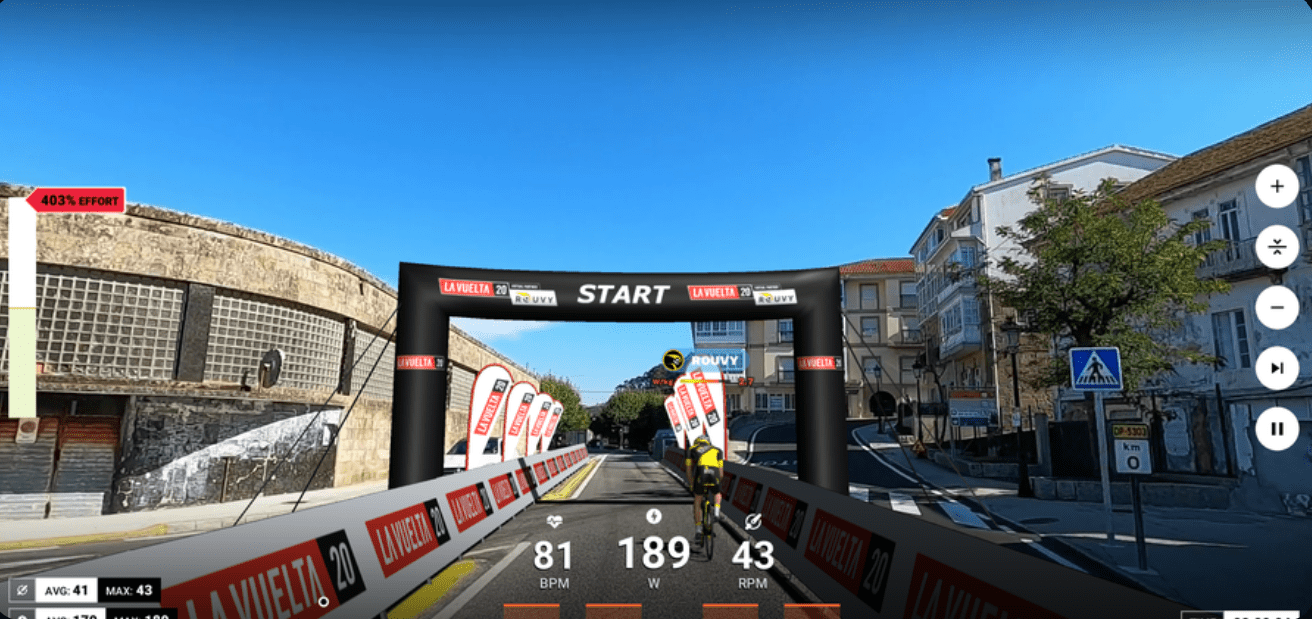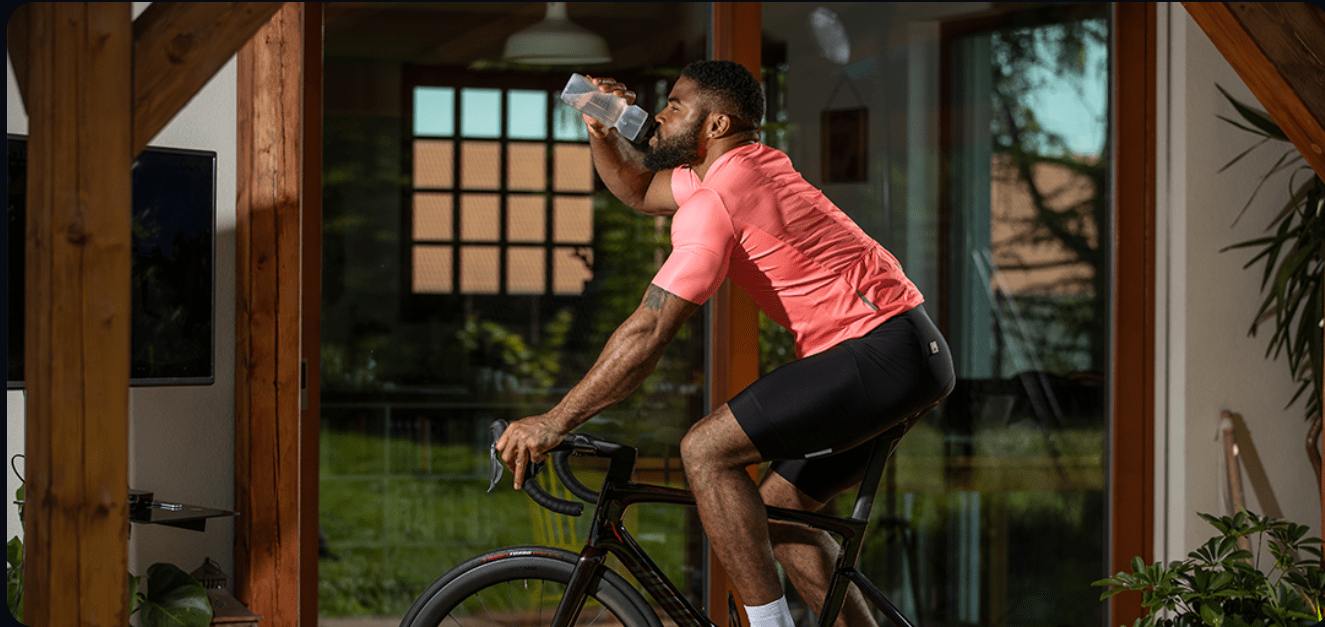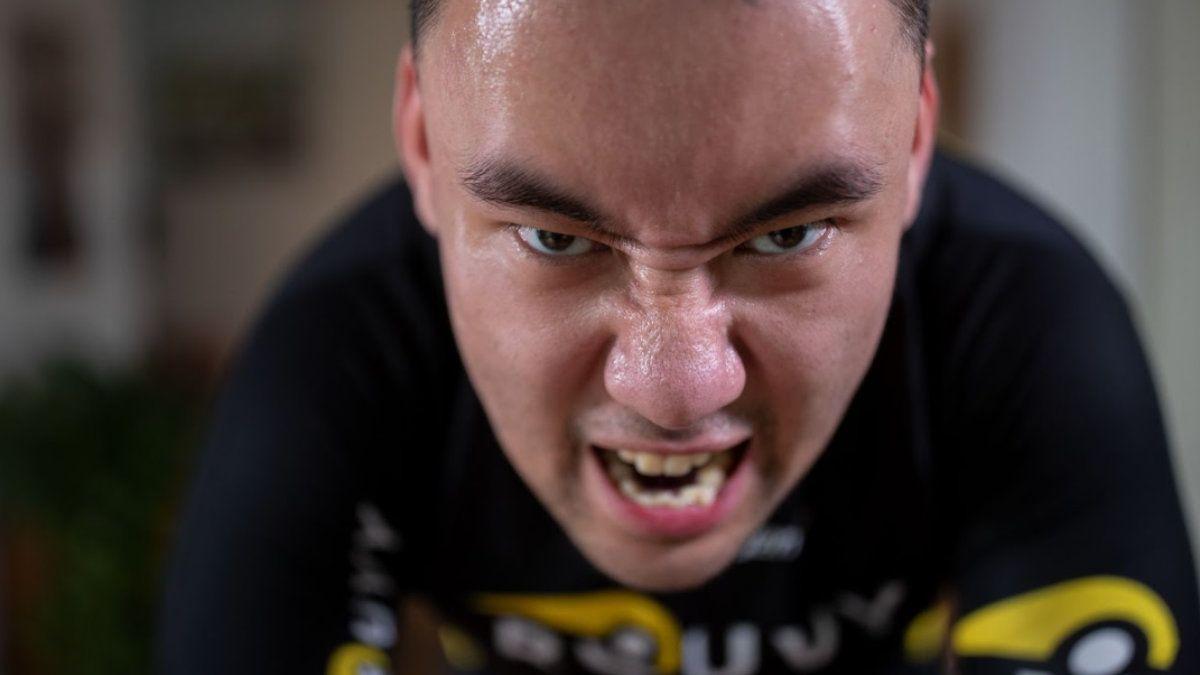
Cadence. It's one of the first metrics you see on your bike computer or smart trainer, but one of the least understood. Ask a dozen cyclists for the “best” cadence, and you’ll likely get a dozen answers, ranging from “spin to win” to “grind it out.” So, what’s the truth?
In this guide, we’ll break cadence down to first principles, explain what the science actually says, and help you figure out what cadence might work best for you – whether you're riding outdoors, racing on the ROUVY app, or just wondering what that RPM number means.
What is cadence in cycling?
In simple terms, cadence is the speed at which you pedal – measured in revolutions per minute (RPM). One full turn of the cranks equals one revolution. So if you’re pedalling at 90 RPM, that’s 90 crank revolutions per minute. Easy.
In practice, cadence varies. It’s slow when you’re starting from a stop or grinding up a steep hill. And it’s high when you’re sprinting, chasing a break, or spinning out on a descent.
It’s a dynamic, responsive variable – changing based on terrain, gear choice, power output, and fatigue. In fact, cadence is more often a dependent variable than an independent one. You don’t always choose your cadence – sometimes the road does.
Why is cadence important?
Cadence matters, but maybe not in the way some think. Here’s why it deserves attention – and also why you shouldn’t obsess over it.
Responsiveness:
If you're pedalling at a very low cadence and the pace suddenly picks up – in a group ride, race or virtual event – you'll struggle to respond. You’re effectively “bogged down” in a high gear. On the other hand, pedalling too fast can waste energy and leave you spinning with little ability to accelerate further.
Fuel usage:
There’s evidence that cadence affects substrate utilization – in other words, whether you're burning fats or carbohydrates. A suboptimal cadence can push you to burn carbs faster, potentially compromising endurance. For long events, that matters.
The science behind cadence
Muscle fibers & motor units:
Different cadences may preferentially recruit different motor units (the motor units themselves are either “fast” or “slow”) – and therefore, different muscle fibres (fast-twitch vs. slow-twitch). That doesn’t mean one cadence is “better,” just that it may suit different physiological demands.
Oxygen cost:
Higher cadences are generally less efficient, even if they feel easier. Studies show that heart rate and oxygen consumption are higher at 100 RPM than at 70 RPM – for the same power output.
Gross mechanical efficiency (GME):
Gross mechanical efficiency (GME) is a measure of how much energy you turn into forward motion. It’s typically highest at lower cadences (around 60 RPM), regardless of whether you're a recreational rider or a WorldTour pro. That’s not a recommendation – just physiology.
What is the optimal cadence for cyclists?
Let’s get this out of the way: There is no magic number. The "optimal" cadence depends on what you're doing, where you're riding and who you are.
Endurance cyclists:
For long, steady-state rides (think fondos, centuries, or IRONMAN triathlons), a moderate cadence is often most efficient. You’re not responding to constant attacks or terrain shifts, so comfort and fuel conservation matter more.
Sprint cyclists & track riders:
High cadences are a must. Track riders especially have one gear – if you want to go faster, you have to pedal faster. Sprinters often exceed 120 RPM during their final kicks.
Climbers:
A moderate-to-high cadence helps reduce torque per pedal stroke, making it easier to sustain efforts without fatiguing your muscles. Spinning (rather than grinding) on climbs can make a big difference over time.

Triathletes:
For half and full triathlon distances, where pacing is steady and gear changes minimal, many athletes settle into a lower-to-moderate cadence to conserve energy for the run. Comfort often outweighs cadence theory.
How to find your optimal cadence
There are a few ways to zero in on your personal sweet spot:
Ride By Feel: Most cyclists naturally gravitate toward a comfortable cadence. For many, that falls between 80-100 RPM on flat terrain.
Watch How It Changes With Gradient: On climbs, cadence tends to drop because you're moving slower and may run out of gears.
Use Power + Heart Rate: If you're holding the same power but your heart rate rises at higher cadences, you may be crossing into a less efficient zone.
The bottom line is, don’t fight your cadence. Let your body guide you. Use the metrics to spot patterns, but don’t force it.
Cadence drills that actually help
Some cadence-focused cycling workouts can improve neuromuscular coordination, but not all are worth your time.
High Cadence intervals: Train at high RPMs (100-110+) while maintaining moderate to high power. These sessions improve your ability to apply force quickly and efficiently – which helps in breakaways, crits or accelerations.
Fast Pedal Sprints: Use a small gear (for example, 39x15) from a rolling or standing start and spin up to max cadence without bouncing. This is great for leg speed and control, with less fatigue than sprinting in a higher gear.
Single-Leg Drills? Only if you race with one leg. There’s little evidence these benefit most cyclists and they often introduce instability.
Cadence & Power: What matters more?
Always power. Cadence is how you deliver the power. It’s not the goal itself.
If you're producing 250W at 85 RPM, and 250W at 95 RPM, the physiological cost may be different, but the output is the same. That said, a higher cadence may reduce muscular fatigue, while a lower cadence may improve efficiency.
Smart trainers and power meters help here. You can ride intervals at set powers and experiment with different cadences to see what feels best – and what your heart rate says.
Cadence for climbing and sprinting
When climbing, a moderate-to-high cadence helps reduce per-stroke force and avoid muscle overload. If you're grinding up at 50 RPM and hating life, a lower gear and higher cadence can help.
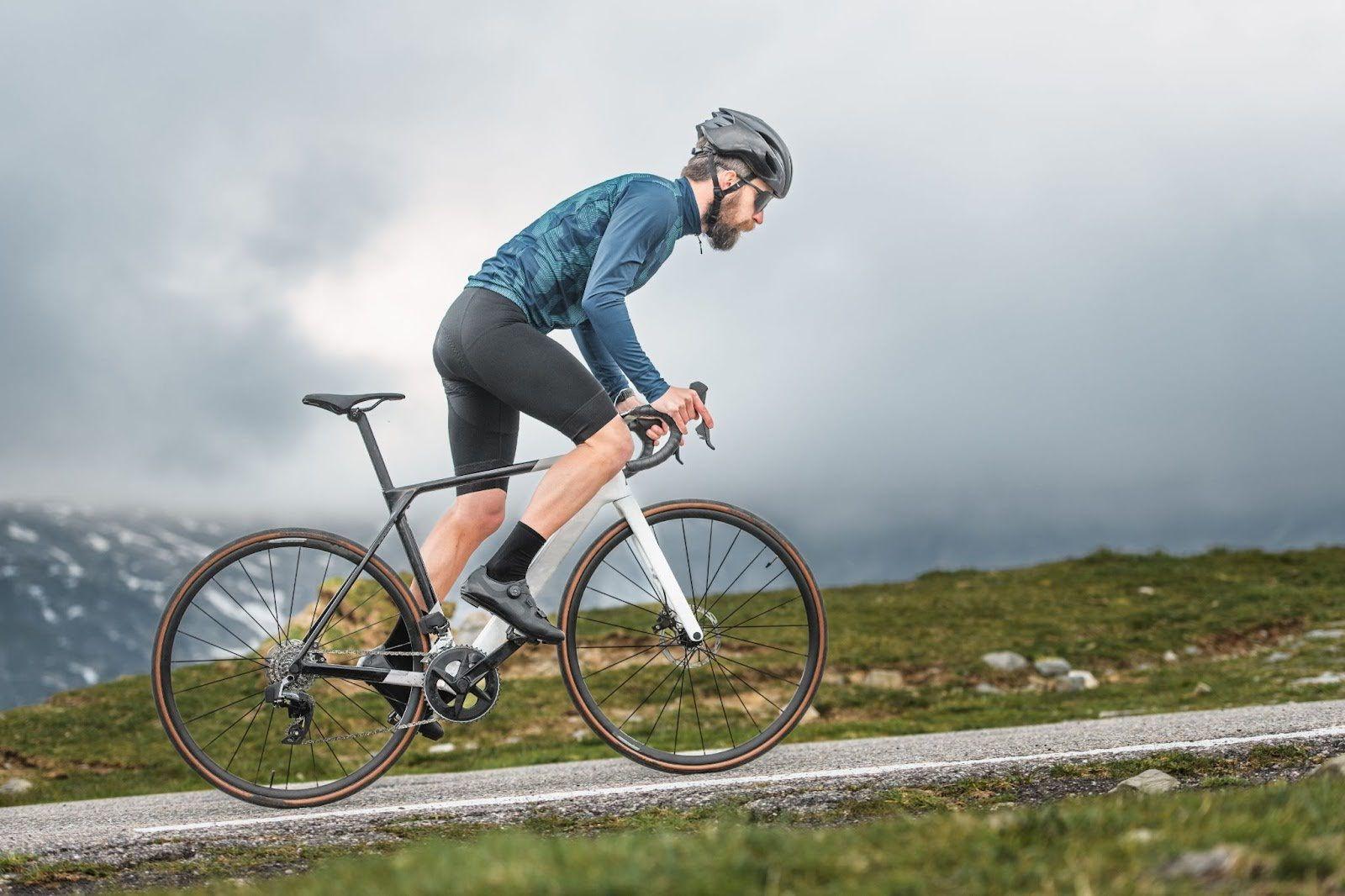
When you’re sprinting, you want to be pedalling at well over 110 RPM in a sprint. If you start too slow, you’ll stall out. High cadence = speed = winning (or at least not getting dropped).
Common cadence misconceptions
"High cadence is always better"
No. It’s less efficient. If you can’t control it or sustain it, it’s not helping.
"You should always train at the same cadence"
No, again. Cadence changes with terrain and power output. You need range and adaptability.
"Low cadence will wreck your knees"
Not necessarily. The forces in cycling are surprisingly low. For clarity: producing 300W at 60 RPM using 172.5mm cranks requires a combined average force of about 277 Newtons – that’s roughly 28 Kg across both legs, or just 14 Kg per leg. Peak force per leg is about 33 Kg, which is comparable to what’s needed just to stand upright (if you weigh around 66 Kg). Hardly the basis for real strength training.
"Cadence doesn’t matter indoors"
It does. Indoor cadence often trends lower, but you should aim to match your outdoor rhythm where possible.
Cadence training for indoor riders on ROUVY
ROUVY's simulated terrain and ERG workouts make it easy to practice specific cadences:
Climbing workouts:
Target moderate cadence (75–85 RPM) to replicate outdoor ascents.
High cadence intervals:
Use flatter terrain and reduce resistance to spin at 100+ RPM.
Big-gear sessions:
Drop cadence to 60 RPM in a harder gear to simulate torque efforts (not strength training, but potentially useful for fatigue resistance).
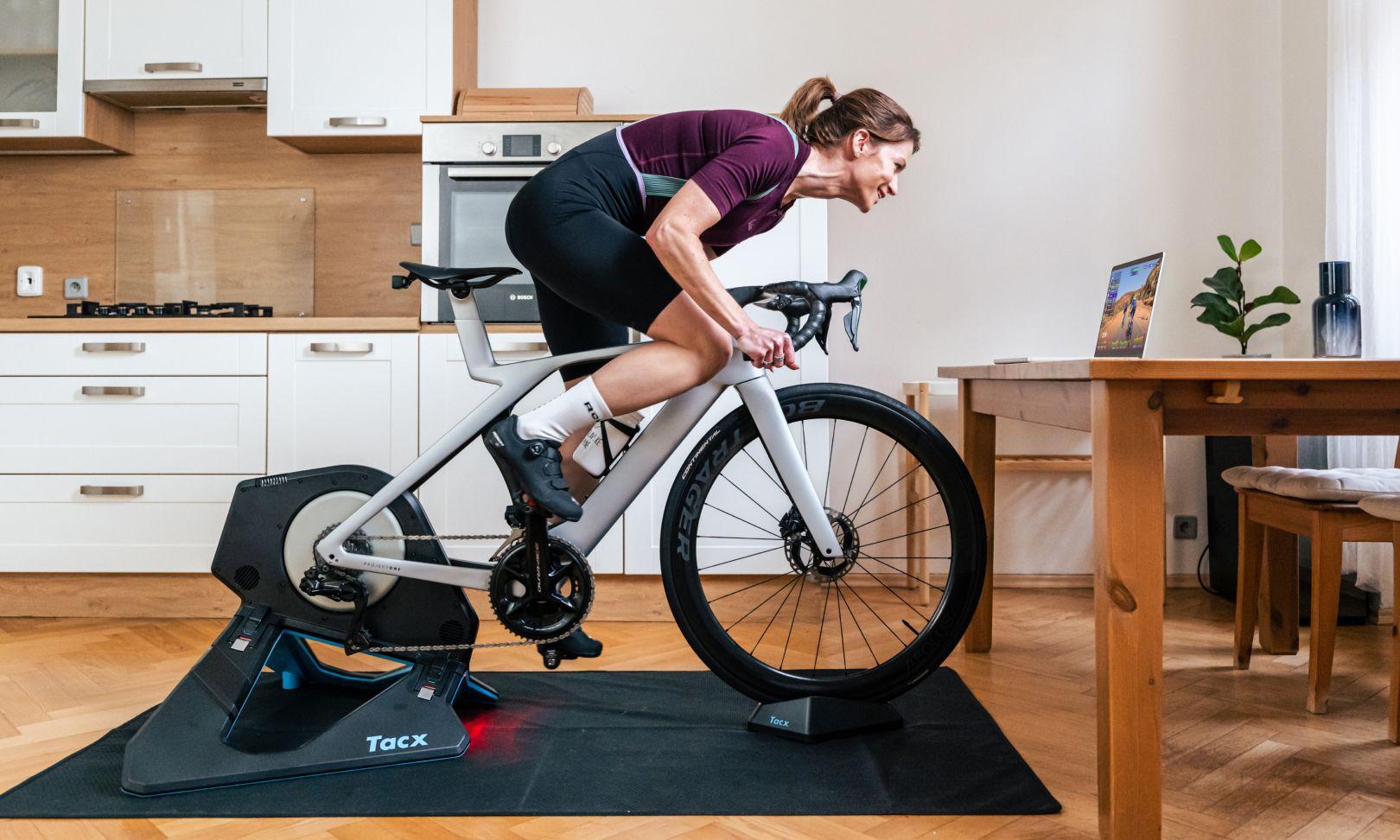
You want to avoid rigid targets. Use ROUVY’s cycling workouts to build adaptability, not to force yourself into a cadence that doesn’t suit you.
Final thoughts: Don’t chase a magic number
There is no "best" cadence. It depends on you, your goals, and the situation.

The smartest cyclists adapt – choosing the cadence that suits the moment, not chasing a mythical ideal.
Ride, observe, adjust. That’s how you find your true cadence.

